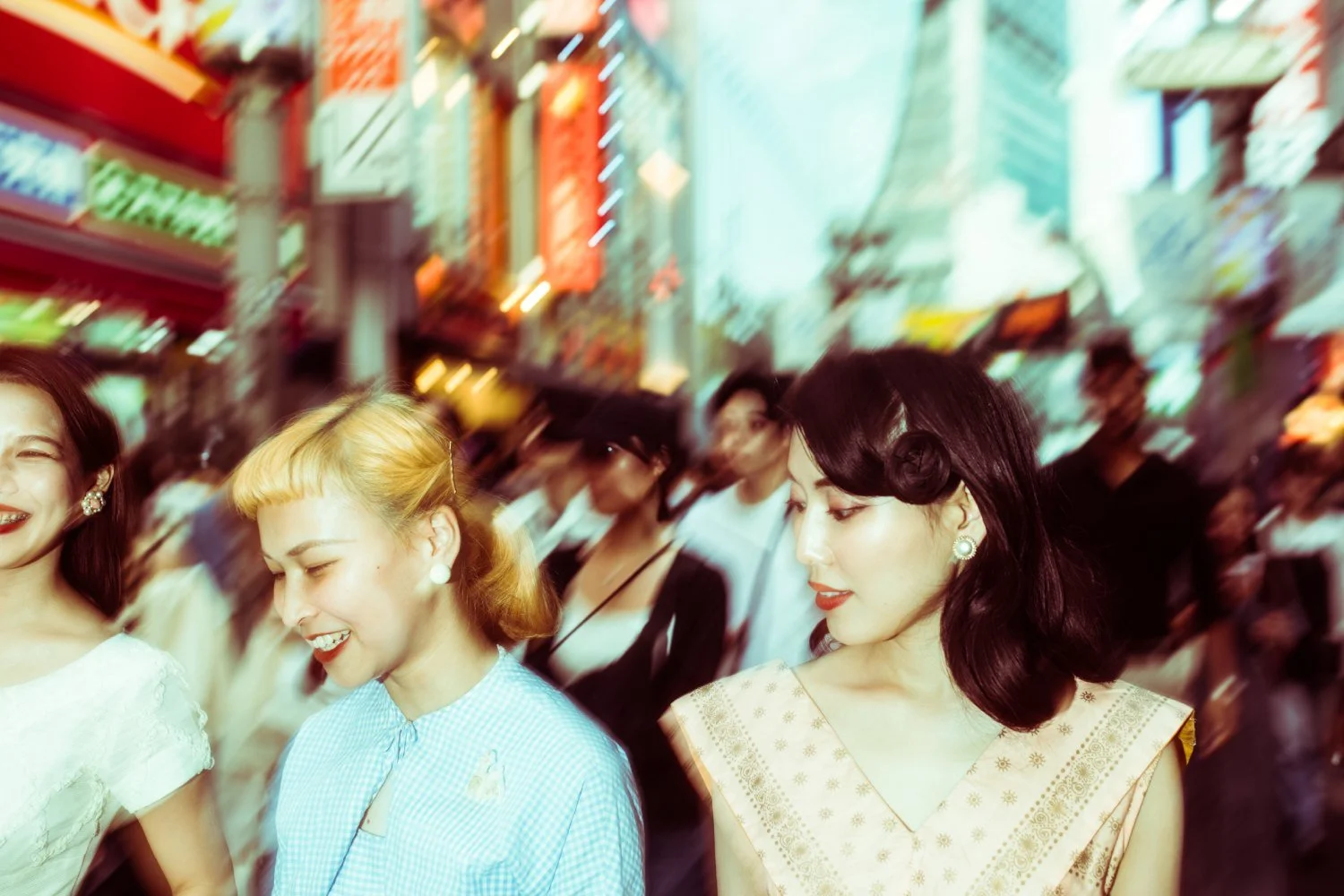Exploring Tokyo’s Rockabilly Scene With Nico Djavanshir
Tokyo’s Rockabilly scene has been emerging from the shadows for quite some time now, with videos of groups rocking at the entrance of Yoyogi Park taking social media by storm.
Nico Djavanshir, a portrait photographer from France, totally emerged himself in the world of Japanese Rockabilly. For fifteen years he was a singer in several rock, electro-rock and post-rock bands. His commitment to music prevented him from investing himself fully in photographic reporting, until that life came to an end. He decided to throw myself into artistic reporting on the world he knew best up to that point, independent music.
We had a chat with Nico, looked at his series Jive in Tokyo, and discussed what makes the Tokyo Rockabilly scene one-of-a-kind—a true part of rock history.
What is your relationship with Japan?
I’ve been traveling in Asia since I was 23 years old. I’ve always felt very peaceful with Asian culture and people's behavior. In 2017, I traveled to Myanmar in South East Asia to meet Yangon's punk community. I stayed there for 2 months with the aim of bringing back to Europe the existence of this notion of humanist punk. This work changed my notion of photography, which became a philosophy in its own right. I went back twice.
Strong friendships were formed, as well as a deep commitment to the Burmese cause. My third documentary took me back to Burmese artists, exiled in the town of Mae Sot in Thailand, forced to take part in the rebellion to overthrow the dictatorship in power.
What was the trigger for you to decide to fly to Japan and document Rockabilly culture?
I've always been drawn in by my subjects, beyond what I initially expected, and the documentary in question responds to a new desire. In 2023, I felt the need to go back to my roots, so I turned to 50's Rockabilly.
Tokyo Rockabilly is more than an aesthetic explosion. By adopting a retro, rebellious aesthetic, this generation of mine is appropriating a universal language to express its aspirations and frustrations.
This time, by capturing the world of dance, fashion and the wealth of sub-genres, I've captured this bewitching anachronism. In France, we have a deep respect for the commitment of Japanese artists, for their diligence that leaves nothing to chance and for their quest for perfection. I added the dancers to my prism; I'd never tackled that aspect before.
How did you experience the Rockabilly community in Tokyo and Yokohama?
I always feel really good when I'm surrounded by rock music. It allows me to meet people who share the same lifestyle as I do.
I have to admit that, at that point in my life, Japanese rockabilly reconciled me with a part of pop rock music that tended not to surprise me any more. The sound of brilliant guitars, accompanied by a language so far removed from my culture, gave me back a pleasure that had evaporated.
What was something that surprised you when stepping in the life of a Japanese Rockabilly?
Each snapshot took me back in time. I felt like I was traveling back in time.Everything was mastered. The environment was its own anachronism. One detail reminded me that I was in Japan. The hierarchy that exists in certain circles.
Do you have other topics/communities/cultures you’d like to document in Japan?
So many topics are a photographer’s dream in Japan. So much that I prefer not to list them.
Anything else you would like to share?
“Jive in Tokyo” is everything I had to say.










Follow the journey of Nico Djavanshir on Instagram.







